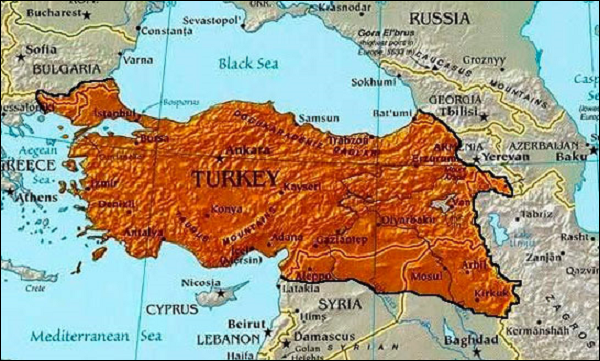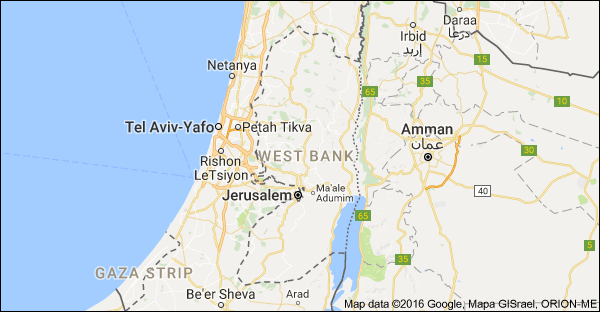The map borders on the territory? Turkey, Palestine
Tuesday, October 25th, 2016[ by Charles Cameron — maps as records, as wishes, as hints, as silent threats ]
.
Interesting things, maps. Models and descriptions, too, but it’s maps I’m thinking of here. Two examples:
**
Turkey:

From my point of view, the most striking paragraph in the Foreign Policy piece titled Turkey’s New Maps Are Reclaiming The Ottoman Empire was this one:
At first glance, the maps of Turkey appearing on Turkish TV recently resemble similar irredentist maps put out by proponents of greater Greece, greater Macedonia, greater Bulgaria, greater Armenia, greater Azerbaijan, and greater Syria. That is to say, they aren’t maps of the Ottoman Empire, which was substantially larger, or the entire Muslim world or the Turkic world. They are maps of Turkey, just a little bigger.
Map bloating & boasting is obviously bigger business than I had fully realized.
Also of interest was the comment:
On two separate occasions, President Recep Tayyip Erdogan criticized the Treaty of Lausanne, which created the borders of modern Turkey, for leaving the country too small. He spoke of the country’s interest in the fate of Turkish minorities living beyond these borders, as well as its historic claims to the Iraqi city of Mosul..
Mosul, okay, noted — but what interests me more is the parallelism with Putin‘s attitude to the Ukraine:
“Novorossiya” or “New Russia”: Putin only briefly mentioned that term during a five-hour, televised question-and-answer session this month. But his revival of that geographic title for southern and eastern Ukraine—territory won from the Ottoman Empire in the late 18th century by Catherine the Great—is resonating among Russians today.
**
Palestine:
One other recent map controversy caught my eye…
The claim was made that Google had eliminated the name Palestine from Google Maps. Google denied this:
“There has never been a ‘Palestine’ label on Google Maps, however we discovered a bug that removed the labels for ‘West Bank’ and ‘Gaza Strip,’ ” the company said in a statement. “We’re working quickly to bring these labels back to the area.” It is unclear if that bug played a role in spurring the online outrage.
Elizabeth Davidoff, a spokeswoman, said in an email that the company had also never used the label “Palestinian territories” on its maps. The bug affecting the words “Gaza Strip” and “West Bank” persisted on Wednesday, but when Google Maps functions properly both areas are labeled and separated from Israel by a dotted line to signify that their borders are not internationally recognized.
**
Dotted lines in the sand..




